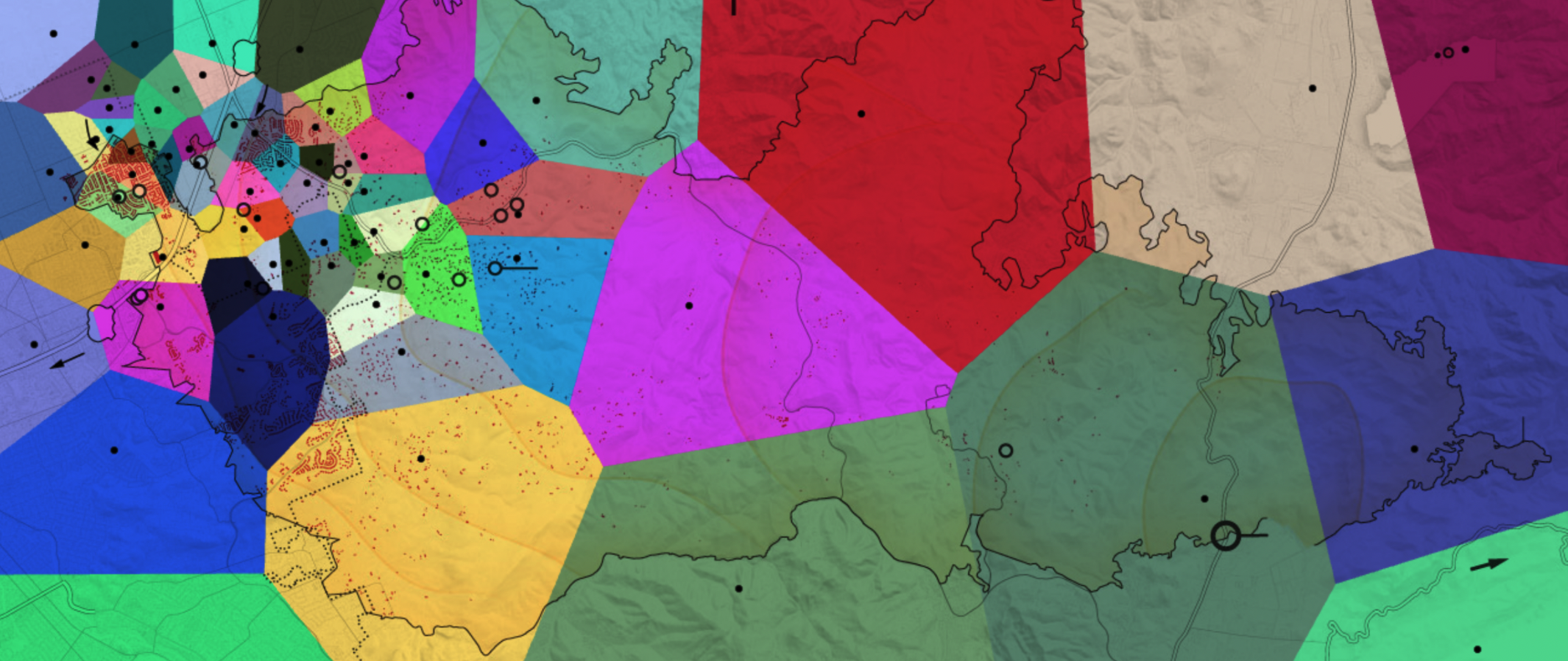Announcing the Spring 2022 BCNM Faculty Seed Grants

Art by Greg Niemeyer.
This semester, the Berkeley Center for New Media was thrilled to support two faculty members in their scholarship through seed grants that will help catalyze their research in new media. We are excited to congratulate these amazing artists and scholars!
Emma Fraser
As companies, including Facebook and Google, seek to develop future virtual environments that will come to mediate our engagement with the Web, including expanding the capacities of multiplayer online spaces, and moving into projected ‘metaverse’ productions, there is a particular urgency to questions of the representation of space. How can the historical context of spatial navigation and play in games help us to understand future directions in game design, but also the implications for VR, architectural modelling, and urban design and development?
Emma's research concerns digital space and visual materiality in video games, specifically the multimedial and corporeal ways in which urban space is represented, navigated, and configured through play in virtual worlds. She also investigates the use of physical hardware as a means to educate students on the historical contexts that have shaped the representation of space in games (for example, the use of peripherals like controllers, light guns, and joysticks).
To undertake this research, Emma will be visiting Denver and Seattle, as well as the Strong National Museum of Play in Rochester, New York, home of the International Center for the History of Electronic Games. In researching the production of digital space, Emma compares representations of cities in games, and real-world experiences of these specific urban sites. This digital geographic method enables a contrast between imaginaries of space; representations of space; and the physical experience of bodily encounter. This is supported through interviews with level designers and concept artists game titles.
Greg Niemeyer and Lisa Wymore
Fire Time
Greg and Lisa are spearheading a community-led VR immersive experience reflecting on the impact of recent California Wildfires on local Northern California communities - creating a space for mourning, learning and healing.
The 2017 Tubbs fire burned 36,807 acres of land, destroyed over 5000 homes, and claimed the lives of 22 residents of Santa Rosa, CA. The flames, sparkled by a downed power line, burned for almost a month.
Fire Time is not only an artistic Virtual Reality project utilizing the enormous amount of data collected during the Tubbs fire - from air quality, to fire speed and spread, to maps and images, and collected stories - it is also a community-led artistic process that will be used to address the fire from multiple perspectives.
The project has three chapters: before, during and after the fire. Viewers will be invited to move through a VR representation of Santa Rosa. As they navigate their way through the virtual landscape they can stop and hear stories from residents as the fire erupts, rampages through the area,and eventually subsides leaving behind scars and ongoing trauma, as well as glimmers of hope and new starts. Different stories come to the foreground, depending on where and when a viewer stops to listen. While the total duration of all stories will exceed over three hours, each time the viewer enters the space, he/she will choose a personal and unique path through the virtual space, and will therefore experience a subset of stories. After the immersive VR experience, viewers can compare their different paths with each other in person, emphasizing that no two people experience the fire in the same way, creating room for multiple truths to be experienced simultaneously within the project at the same time.
The project adds a lyrical and contemplative layer to the data, news and physics of the fire, and leads to a reflection about what it means to seek balance with the land we are responsible for stewarding.
